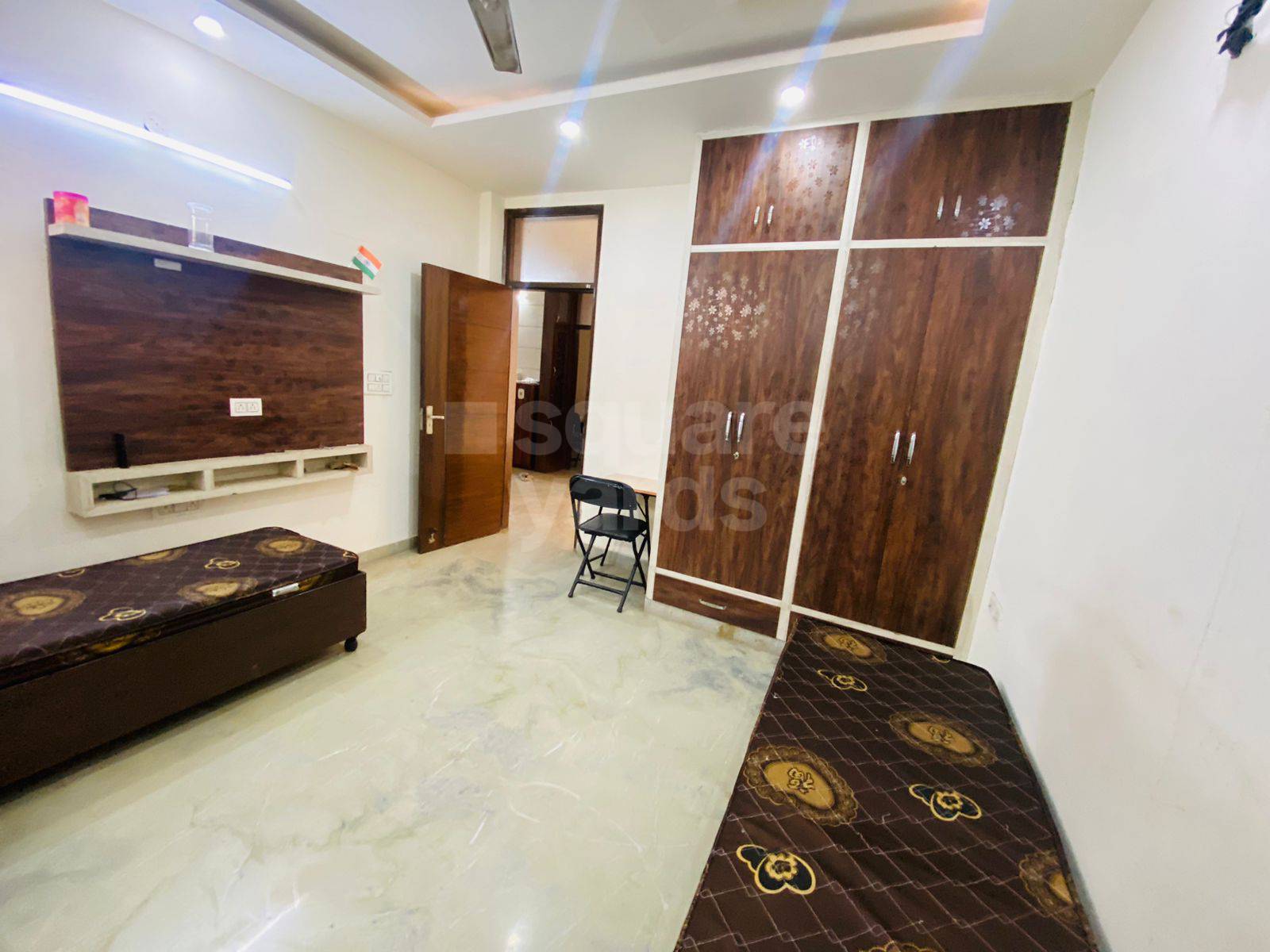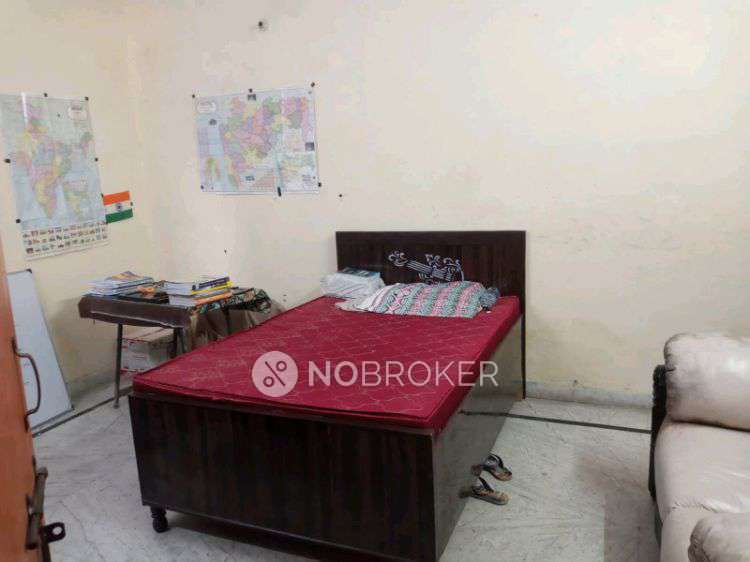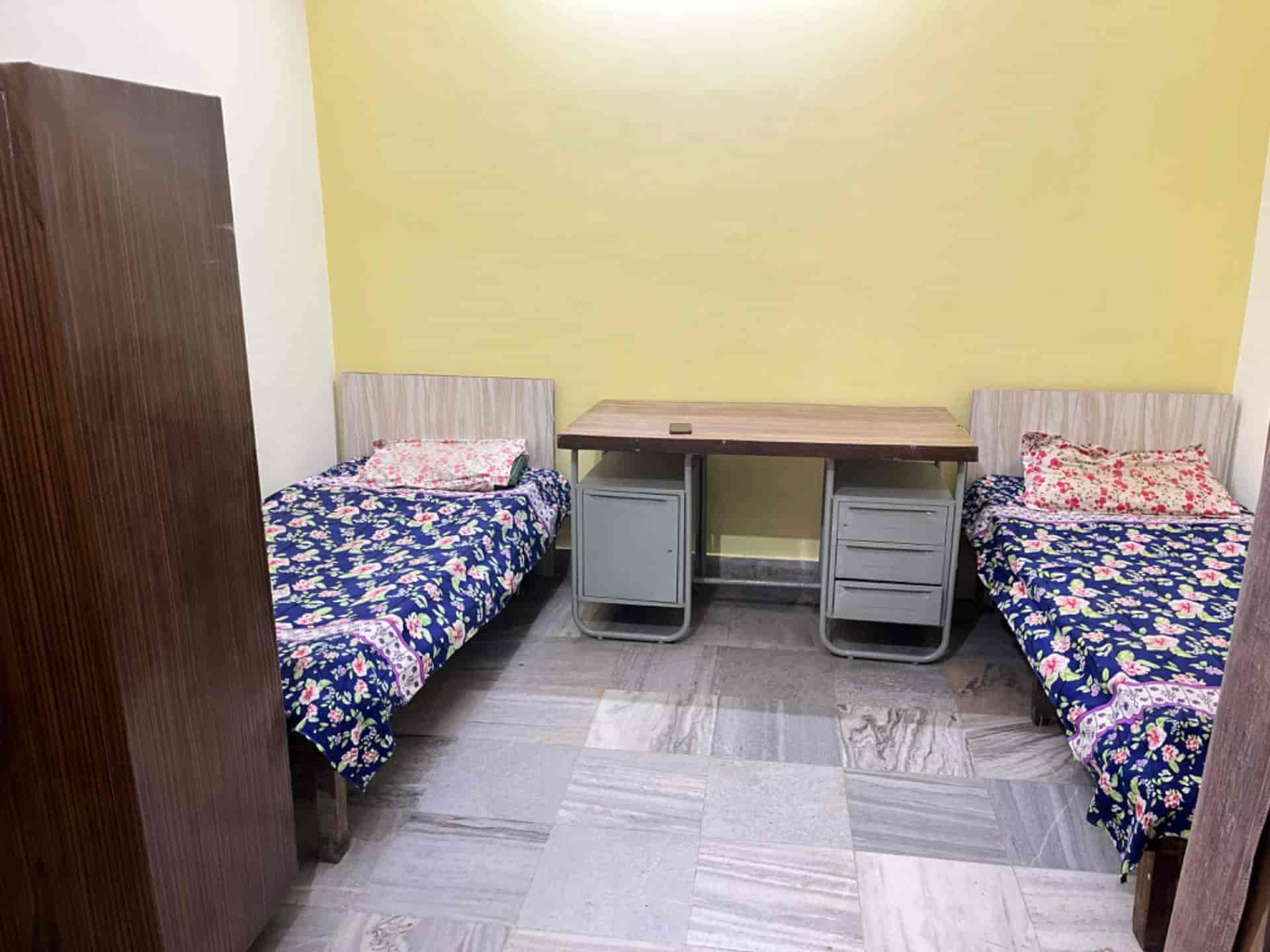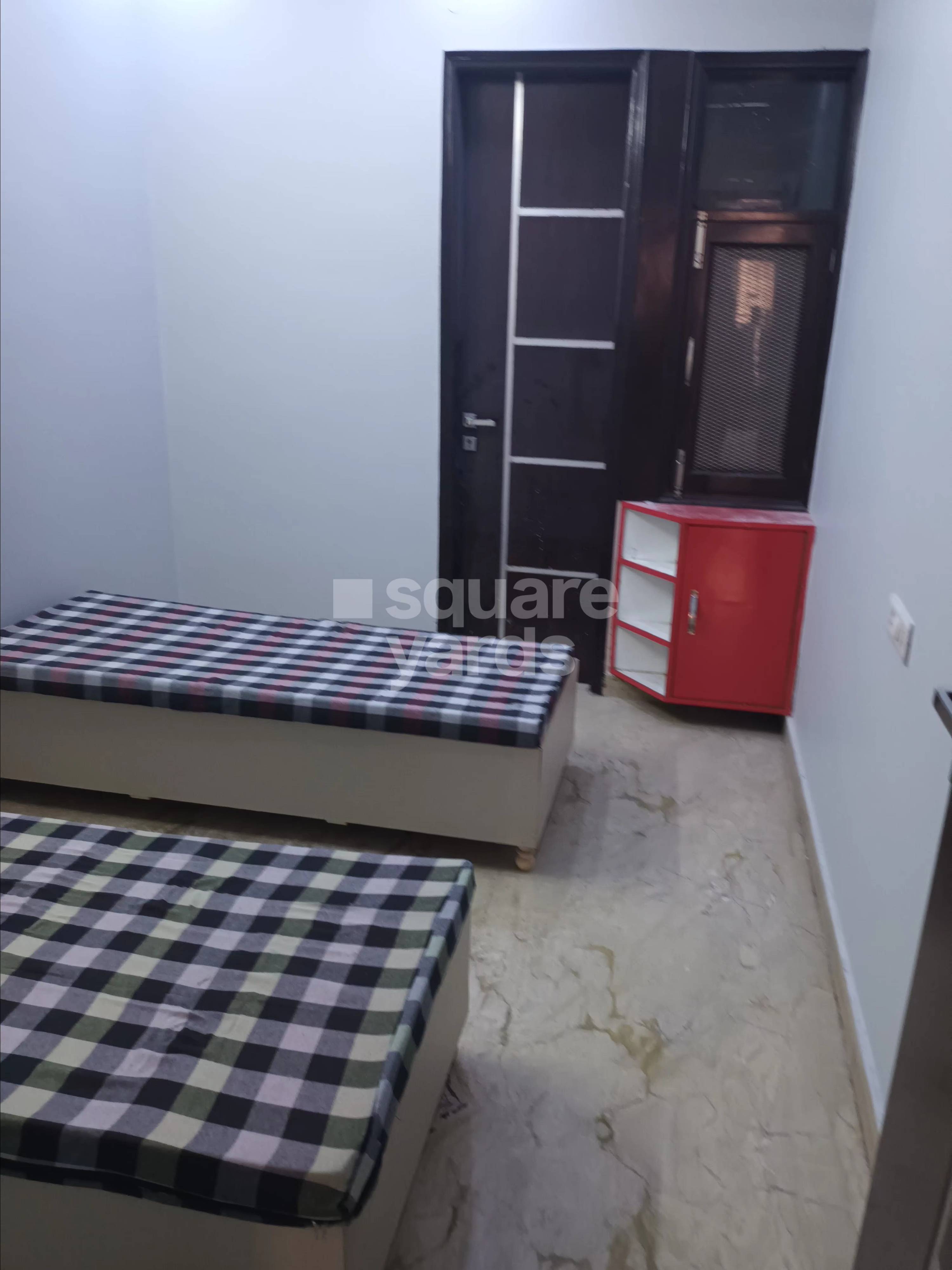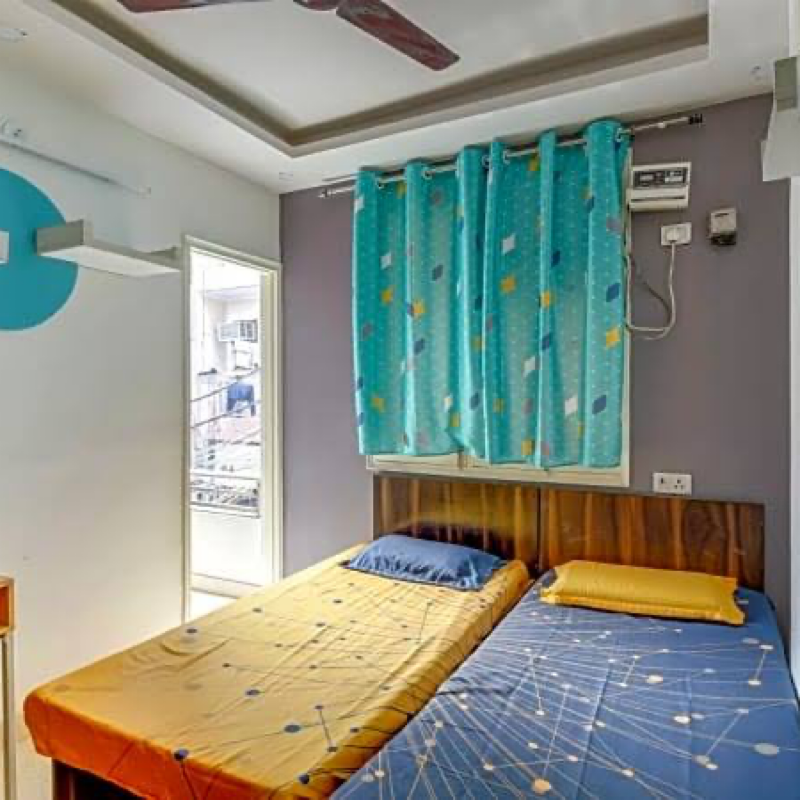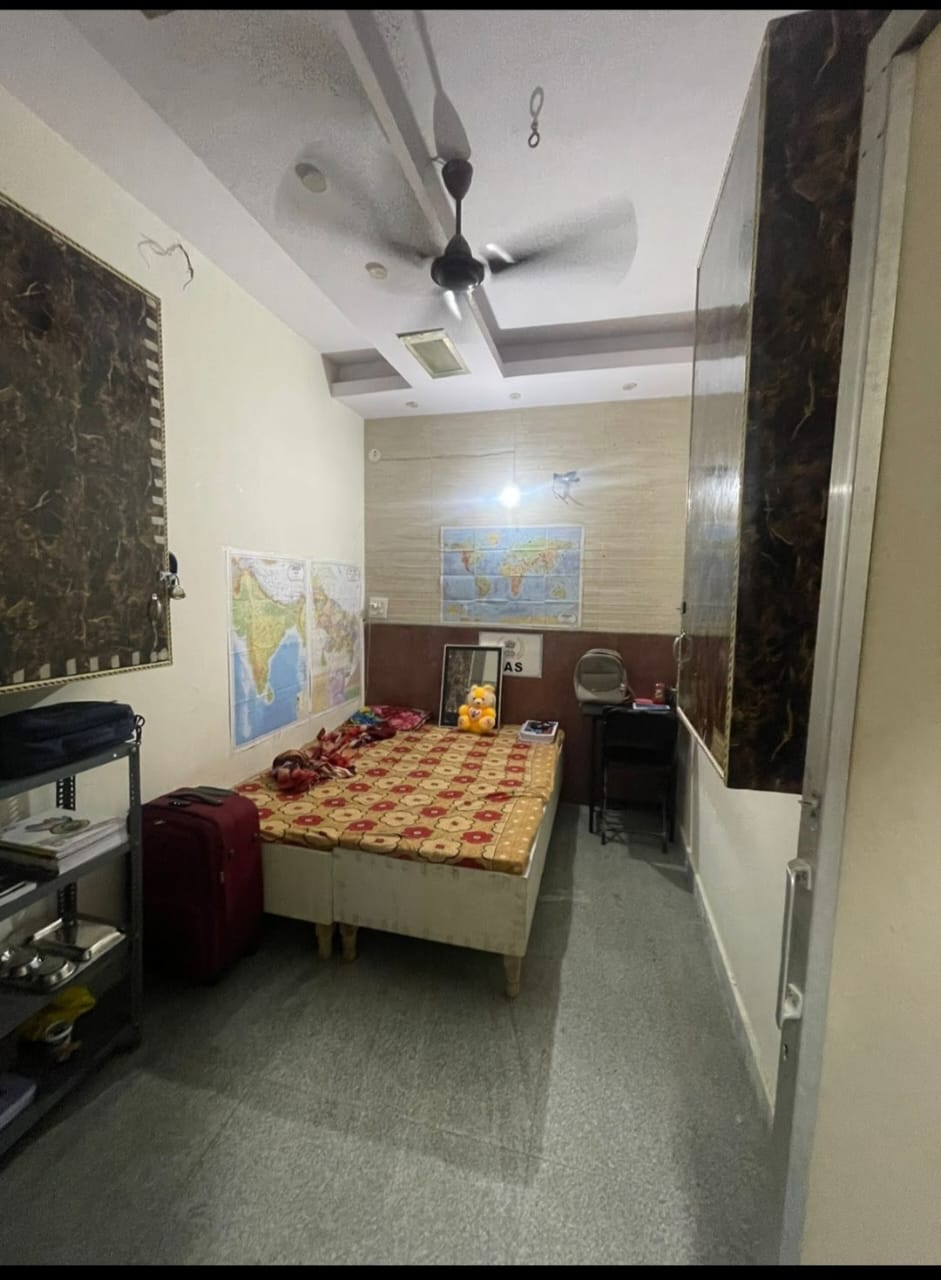Delhi Mukherjee Nagar Room Rent For Student

The relentless pressure of competitive exams in India casts a long shadow, nowhere more visibly than in Delhi's Mukherjee Nagar. For countless students who flock to this education hub, the dream of cracking the UPSC or other prestigious exams is intertwined with the harsh reality of exorbitant living costs, primarily driven by skyrocketing room rents.
This article delves into the escalating room rent crisis in Mukherjee Nagar, examining the factors contributing to the inflated prices, the impact on students' financial burden and mental well-being, and potential solutions being explored by authorities and student organizations. We'll explore how this issue, often overlooked in broader discussions about education, significantly impacts accessibility and equity in the pursuit of academic success.
The Mukherjee Nagar Rental Landscape
Mukherjee Nagar is synonymous with coaching centers, libraries, and a relentless academic atmosphere. The demand for accommodation far outweighs the supply, creating a landlord's market where rents have steadily climbed over the years.
According to a recent survey conducted by the Delhi Students' Union (DSU), the average monthly rent for a single-occupancy room ranges from ₹8,000 to ₹15,000. Rooms with attached bathrooms and better amenities can easily command prices upwards of ₹18,000. These figures exclude the costs of food, utilities, and coaching fees, compounding the financial strain on students.
Factors Fueling the Price Surge
Several factors contribute to the unsustainable rent levels. A primary driver is the unchecked commercialization of residential spaces. Many properties, initially intended for residential use, are now being converted into student housing with minimal regard for regulations or quality standards.
Another contributing factor is the lack of effective regulatory oversight. While the Delhi Rent Control Act exists, its enforcement in areas like Mukherjee Nagar is often lax, allowing landlords to exploit the high demand without fear of reprisal.
Furthermore, the perception of Mukherjee Nagar as a lucrative investment destination has attracted real estate developers who are less concerned with affordability and more focused on maximizing profits. This has led to a surge in new construction projects that primarily cater to higher-paying tenants, further pushing up rental prices.
The Impact on Students
The high cost of living in Mukherjee Nagar has a profound impact on students, particularly those from lower-income backgrounds. Many are forced to compromise on basic necessities, such as nutritious food and adequate study materials, to afford accommodation.
“I have to constantly worry about whether I can afford to stay another month,” said *Rahul Sharma*, a UPSC aspirant from Bihar. “The pressure of studies is already immense, and the financial burden just adds to the stress. I often skip meals to save money.”
The financial strain also takes a toll on students' mental health. The constant anxiety about money can lead to feelings of depression, anxiety, and burnout, hindering their ability to focus on their studies. Studies have shown a direct correlation between financial stress and academic performance, highlighting the detrimental effects of unaffordable housing on students' success rates.
Addressing the Crisis: Possible Solutions
Several initiatives are being explored to alleviate the rental burden on students. Student organizations like the All India Students' Association (AISA) are actively campaigning for rent control measures and the enforcement of existing regulations.
“We are demanding that the Delhi government implement a fair rent control system that protects students from exploitation,” said *Priya Verma*, a spokesperson for AISA. “We are also advocating for subsidized accommodation options for students from economically weaker sections.”
The Delhi government has acknowledged the issue and is considering proposals to construct more affordable housing options for students in the area. However, progress has been slow, and the impact of these initiatives remains to be seen.
The Path Forward
Addressing the room rent crisis in Mukherjee Nagar requires a multi-pronged approach. Stricter enforcement of existing regulations, coupled with the implementation of fair rent control measures, is essential to curb the exploitation of students by unscrupulous landlords.
Investing in the construction of affordable student housing, possibly through public-private partnerships, could significantly increase the supply of accommodation and ease the pressure on existing rental prices. Furthermore, promoting alternative housing options, such as co-living spaces and shared apartments, could offer more affordable alternatives for students.
Ultimately, resolving the room rent crisis in Mukherjee Nagar is not just about alleviating financial stress. It's about ensuring that all students, regardless of their socioeconomic background, have a fair opportunity to pursue their academic dreams without being crippled by unsustainable living costs. The future of countless aspiring civil servants and other professionals depends on it.
